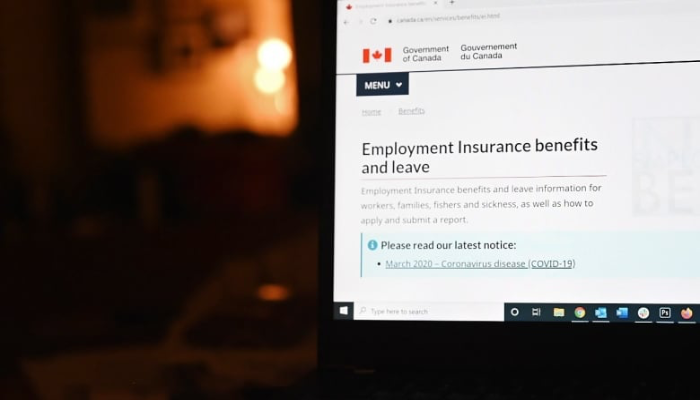CERB is transitioning to EI. What does that mean?
New benefits are introduced and EI is being revamped. Here’s what you need to know
The federal government announced on Thursday that the Canada emergency response benefit (CERB) will be extended an additional month and then transition to a modified employment insurance (EI) program.
The changes will come into effect on Sept. 27 and will be in place for one year, with three additional programs proposed for those who do not qualify for EI.
Here’s what you need to know about the developments and how you can qualify ahead of the transition.
I’m currently receiving CERB. What happens when it ends?
CERB, the federal income assistance program that has provided more than 8.5 million individuals $2,000 a month since April 6, will end on Sept. 27.
Canadians who have been receiving CERB through Service Canada and are already eligible for EI will automatically transition to EI benefits once CERB ends next month.
Those who are eligible for EI but have been receiving CERB through the Canada Revenue Agency will need to apply through Service Canada.
Who qualifies for EI under the new changes?
The federal government has two kinds of EI that apply generally to workers: regular benefits and special benefits.
EI regular benefits provide assistance to employees who lose their jobs involuntarily and are actively looking for work. Those who are eligible will receive a minimum of $400 for up to 26 weeks, or $240 per week for extended parental benefits.
EI special benefits provide assistance to employees or self-employed individuals who are absent from work due to specific life circumstances, including sickness, maternity, parental benefits, as well as compassionate care or family caregivers.
Under the new changes, and to encourage recipients to work, individuals can still earn income from self-employment while receiving the benefit. However, recipients would need to repay $0.50 of the benefit for each dollar earned above $38,000.
Those who don’t qualify might be eligible for one of the three new proposed benefits.
What if I don’t have enough hours to be eligible for EI?
The federal government has introduced a one-time credit system to make it easier for workers who are unable to meet the required hours of eligibility for both regular and special benefits prior to the new changes coming into effect on Sept 27.
Both of these credits are available for one year.
What about EI premiums?
EI insurance premium rates will be frozen for two years at the 2020 rates. That means for every $100 of insurable earnings, $1.58 will be deducted from the worker and $2.21 from the employer.
According to Deputy Prime Minister and Finance Minister Chrystia Freeland, these are the lowest rates since 1980.
What are the 3 new benefit programs?
For individuals who are not eligible for EI and are in need of temporary income support, the following three benefits will be introduced:
The Canada Recovery Caregiving Benefit will provide $500 per week for up to 26 weeks per household for those who are unable to work because they care for a child under 12 or another dependent whose school, daycare or other day program facility is shut down due to COVID-19.
Applications for the new recovery benefits are scheduled to open in October, with payments expected to flow in three to five days.
But the recovery benefits still require parliamentary approval in order to become available. Parliament is currently prorogued until Sept. 23, after which a new bill will have to be adopted after the speech from the throne.
How many Canadians will qualify?
According to Freeland, 4.5 million Canadians are currently on CERB. When the program ends, an estimated three million will enter the EI system, and another one or two million are expected to use the recovery benefits.
As of early August, more than four million individuals have moved off CERB and have returned to the workforce.
How much will all these programs cost?
All told, $37 billion. The government says the three new recovery benefits, which will be taxed at source, are expected to cost $22 billion; the extension of CERB another $8 billion; and added EI costs are set at $7 billion.











